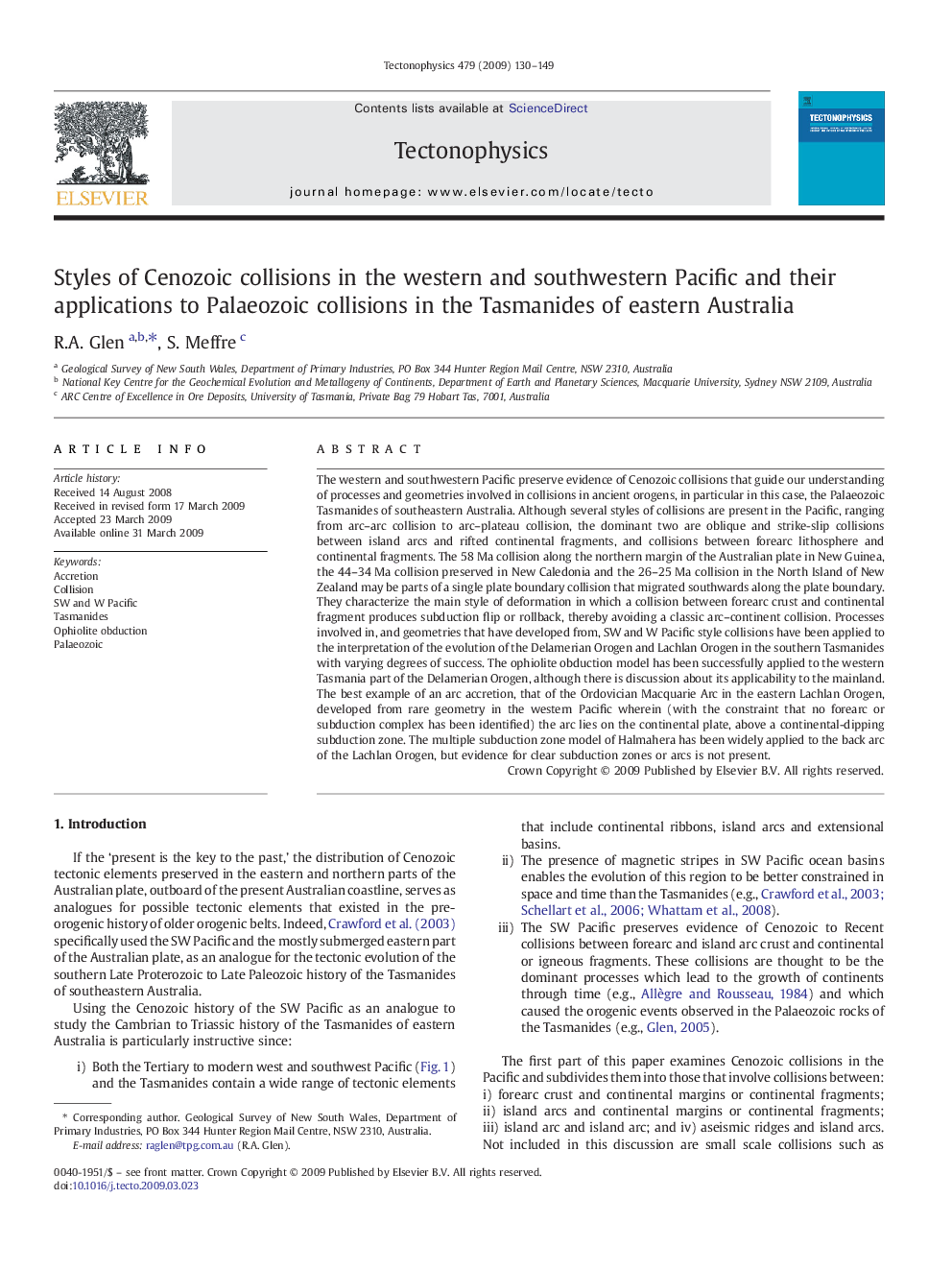| Article ID | Journal | Published Year | Pages | File Type |
|---|---|---|---|---|
| 4693832 | Tectonophysics | 2009 | 20 Pages |
The western and southwestern Pacific preserve evidence of Cenozoic collisions that guide our understanding of processes and geometries involved in collisions in ancient orogens, in particular in this case, the Palaeozoic Tasmanides of southeastern Australia. Although several styles of collisions are present in the Pacific, ranging from arc–arc collision to arc–plateau collision, the dominant two are oblique and strike-slip collisions between island arcs and rifted continental fragments, and collisions between forearc lithosphere and continental fragments. The 58 Ma collision along the northern margin of the Australian plate in New Guinea, the 44–34 Ma collision preserved in New Caledonia and the 26–25 Ma collision in the North Island of New Zealand may be parts of a single plate boundary collision that migrated southwards along the plate boundary. They characterize the main style of deformation in which a collision between forearc crust and continental fragment produces subduction flip or rollback, thereby avoiding a classic arc–continent collision. Processes involved in, and geometries that have developed from, SW and W Pacific style collisions have been applied to the interpretation of the evolution of the Delamerian Orogen and Lachlan Orogen in the southern Tasmanides with varying degrees of success. The ophiolite obduction model has been successfully applied to the western Tasmania part of the Delamerian Orogen, although there is discussion about its applicability to the mainland. The best example of an arc accretion, that of the Ordovician Macquarie Arc in the eastern Lachlan Orogen, developed from rare geometry in the western Pacific wherein (with the constraint that no forearc or subduction complex has been identified) the arc lies on the continental plate, above a continental-dipping subduction zone. The multiple subduction zone model of Halmahera has been widely applied to the back arc of the Lachlan Orogen, but evidence for clear subduction zones or arcs is not present.
